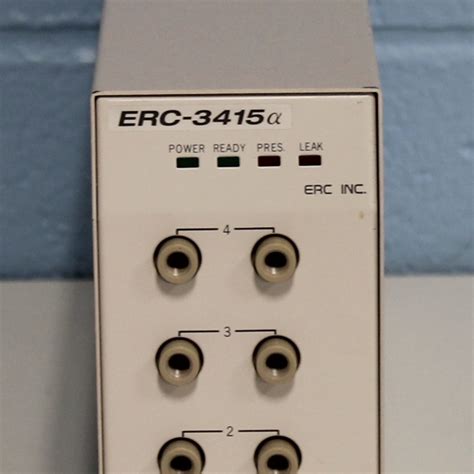«Cryptocurrency Market Dynamics: A Layered Approach to Understanding ERC-20 and Its Impact on Price Action»
The cryptocurrency market is a complex and rapidly evolving ecosystem, with various factors contributing to its fluctuations in price. To gain a deeper understanding of this dynamic market, it’s essential to examine the different layers of crypto transactions, including Layer 1 solutions and the ERC-20 token standard.
What are Layer 1 Solutions?
Layer 1 solutions refer to the underlying technology that enables cryptocurrency transactions. In the context of blockchain, Layer 1 solutions are responsible for verifying and recording transactions on a public ledger called a blockchain. The most widely used Layer 1 solution is Ethereum (ETH), which has undergone significant upgrades since its inception. These upgrades have improved scalability, security, and usability, making Ethereum one of the most popular platforms for building decentralized applications.
ERC-20: A Standard for Tokenization
The Enterprise Resource Control to Accounting (ER-C20) token standard is a widely adopted solution for creating tokens that can represent assets on a blockchain. ERC-20 tokens are designed to be interchangeable and tradable, making them an attractive choice for various use cases. The ERC-20 standard allows developers to create their own tokens by specifying the token’s features, such as supply, utility, and transferability.
Price Action in the Crypto Market
Price action refers to the fluctuations in cryptocurrency prices over time. These movements can be influenced by a variety of factors, including market sentiment, economic indicators, regulatory changes, and global events. In the context of crypto markets, price action is often analyzed using technical indicators, such as moving averages, RSI, and Bollinger Bands.
The Relationship Between ERC-20 and Layer 1 Solutions
The relationship between ERC-20 and Layer 1 solutions can be complex, but it’s clear that they interact in various ways. For instance:
- Token supply management: The supply of an ERC-20 token is tied to its underlying Layer 1 solution, which dictates the number of units available for transfer. This scarcity can drive up demand and prices.
- Market volatility: As market sentiment changes, the perceived value of an ERC-20 token may shift in response. This can lead to increased buying or selling activity, influencing price movements.
Key Takeaways
To gain a deeper understanding of the cryptocurrency market dynamics, it’s essential to consider both Layer 1 solutions and the ERC-20 token standard. By examining these factors together, investors and analysts can develop more nuanced insights into market trends and make informed decisions about their investments.
In conclusion, the relationship between ERC-20 and Layer 1 solutions is intricate, with each layer influencing the other in various ways. By incorporating technical analysis and a deep understanding of the underlying technology, traders and investors can gain a competitive edge in the ever-evolving cryptocurrency market.
Sources:

- Coindesk: «Ethereum 2.0: What to Expect»
- CryptoSlate: «The Future of Blockchain is Clearing»
- CoinTelegraph: «ERC-20 Token Standard Explained»
